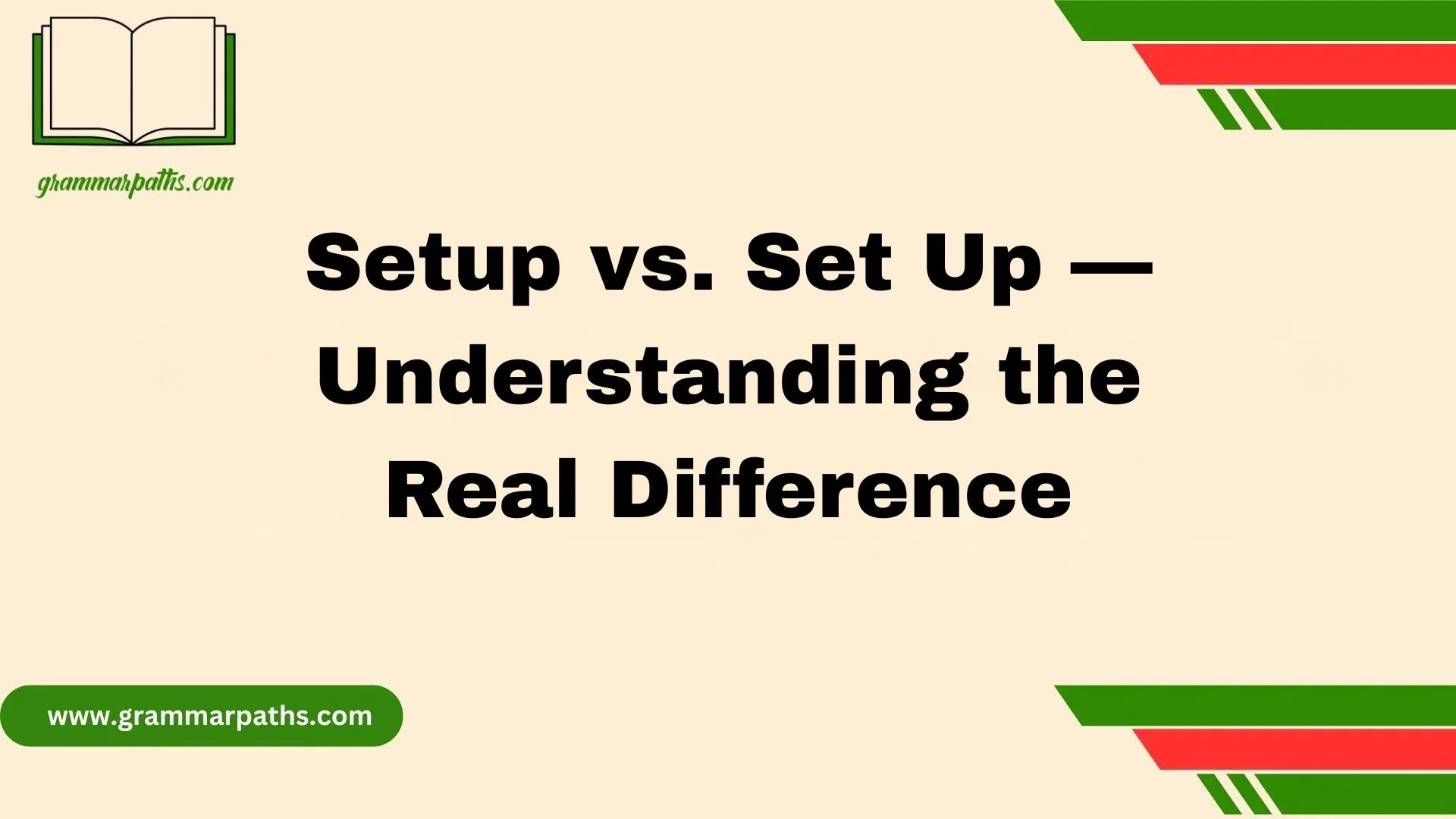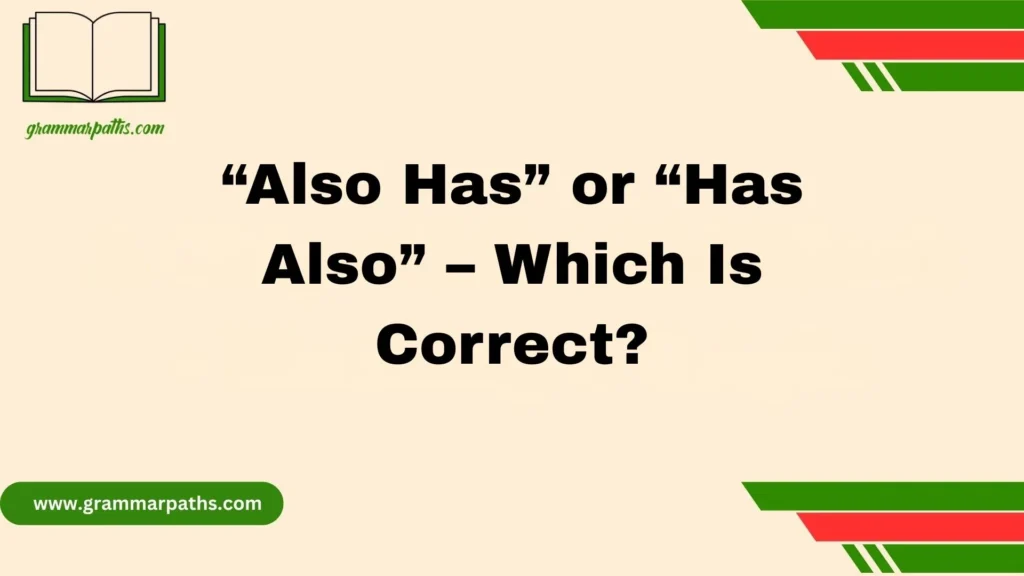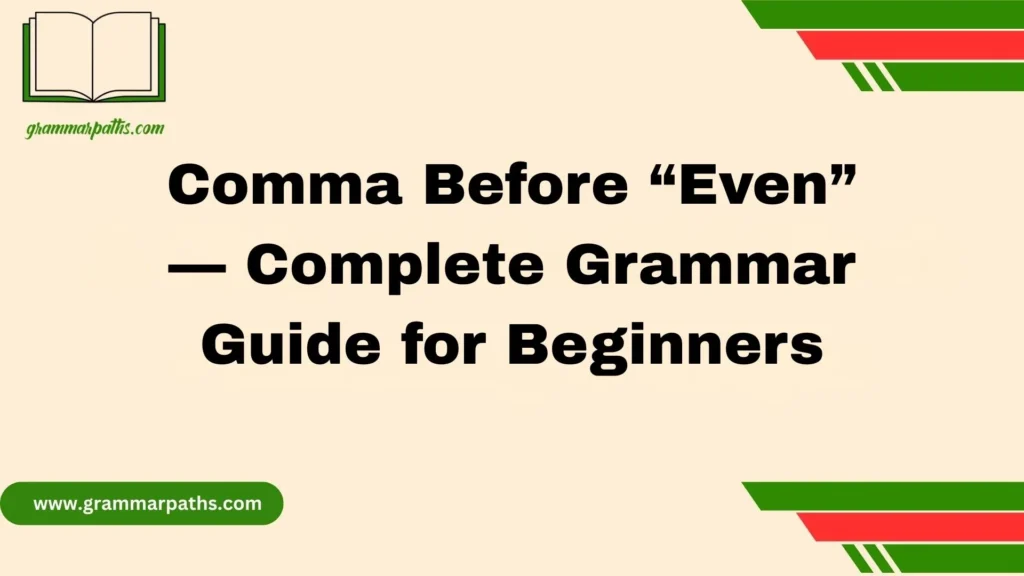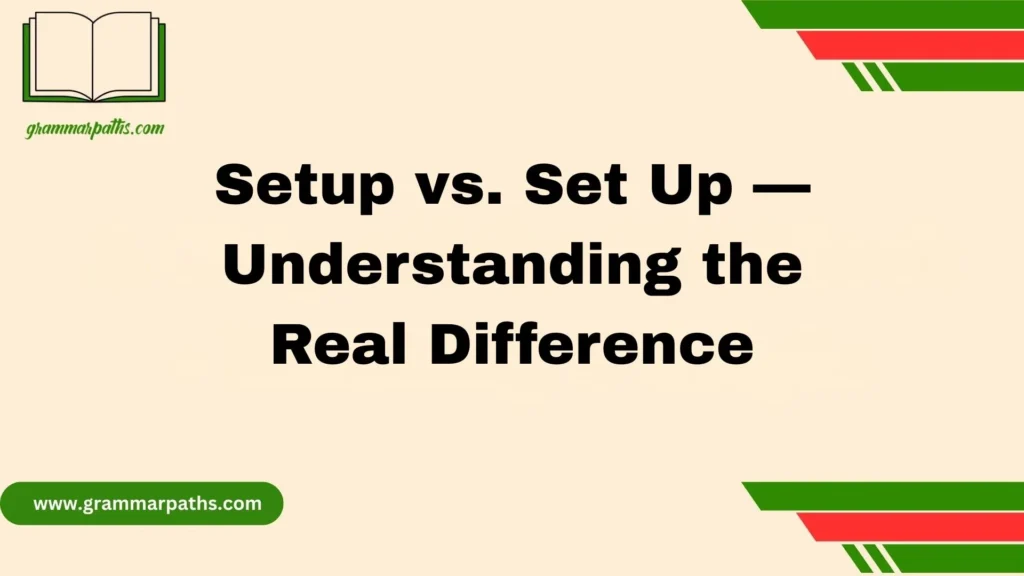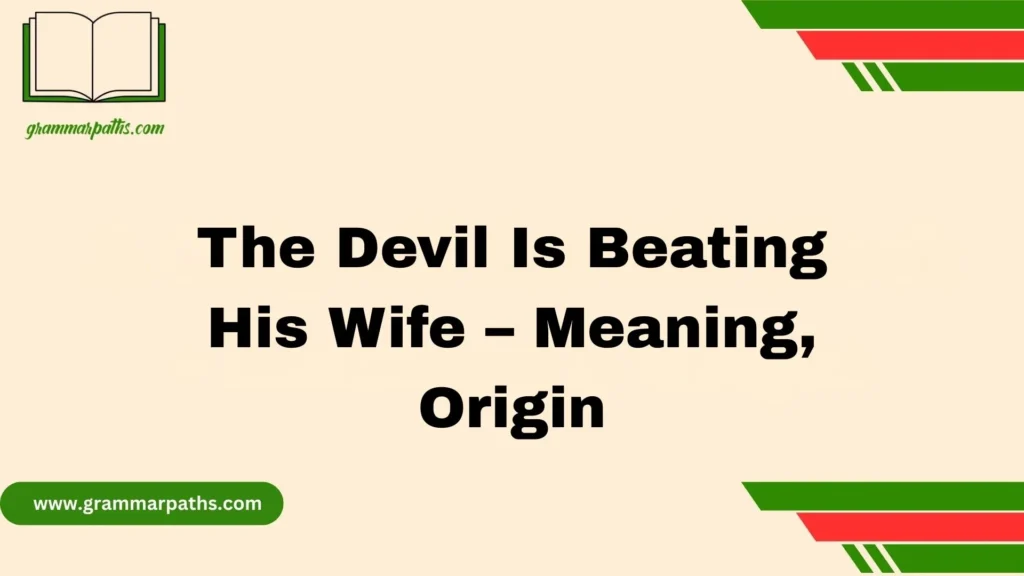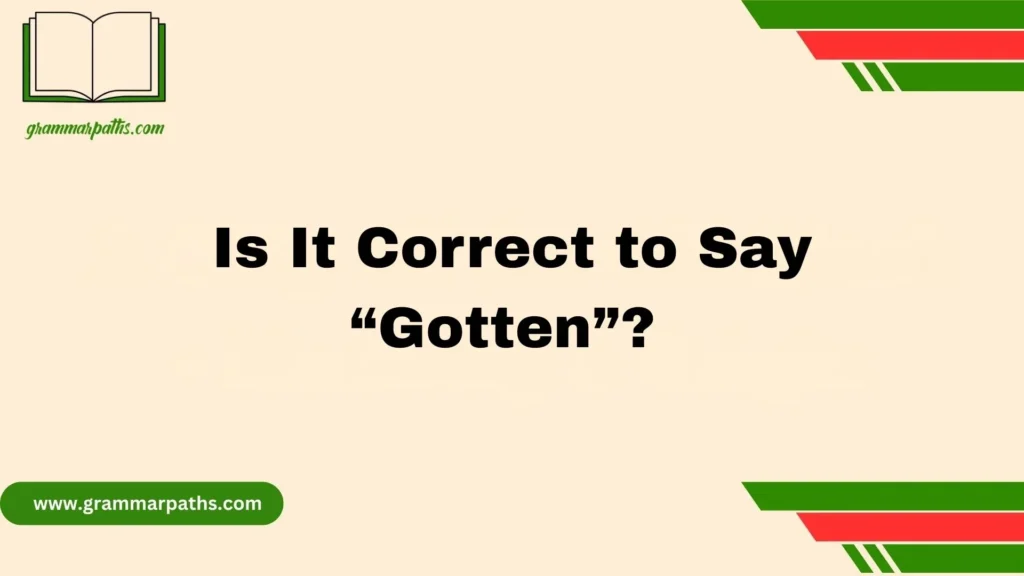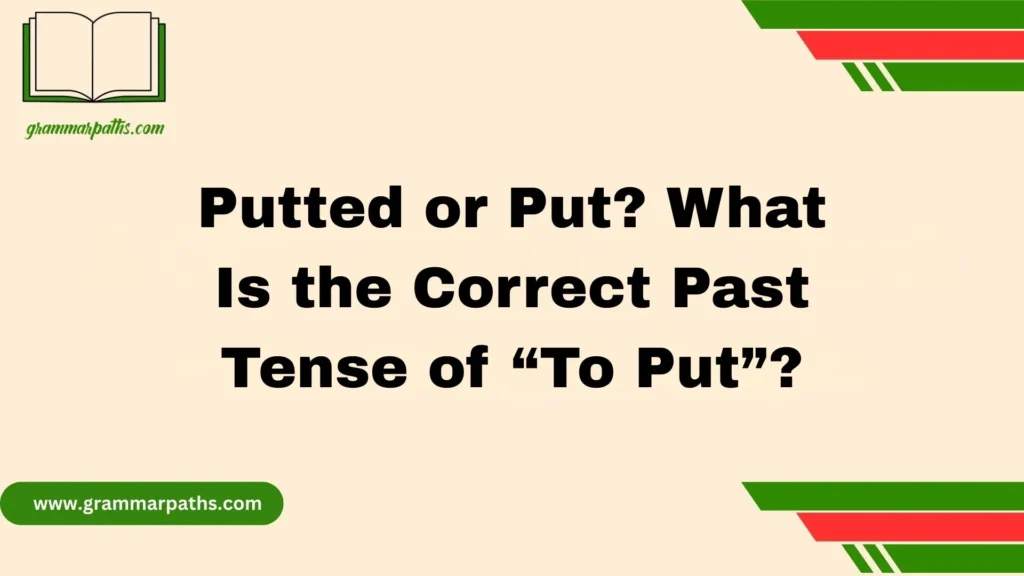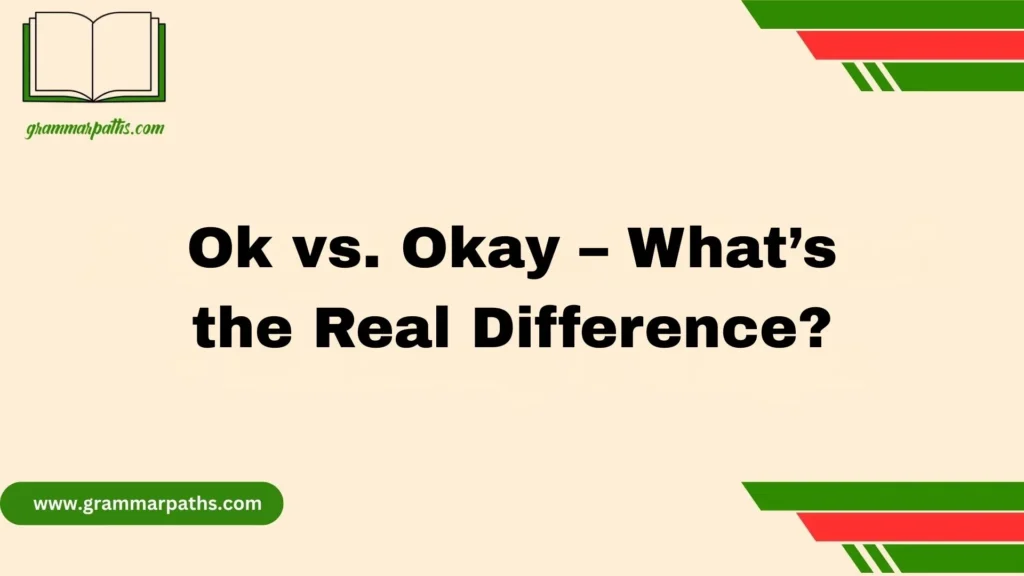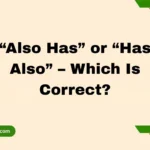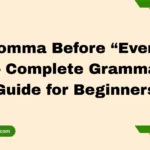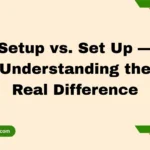I’ve often seen writers struggle with when to use Setup vs. Set Up, or even the hyphenated form, set-up. It’s genuinely confusing because these words look similar but act differently depending on their role in a sentence. In my experience, when I first learned to write in both British English and American English, I noticed that the same phrase could mean different things depending on whether it’s a noun, adjective, or verb. For example, setup usually works as a noun (“The setup of the camera took time”), while set up acts as a verb (“I’ll set up the camera”). Once you grasp that small shift, you instantly start writing better and more correctly.
If you’re still unsure, think about this: if you can replace it with “arrangement” or “organization,” you’re probably looking for a setup. But if it describes the action of doing something, then set up is your choice. Even the hyphenated version, set-up, sometimes appears in older British English texts, though American English tends to drop the hyphen altogether. These subtle variations may seem minor, but mastering them helps every writer write better and more confidently. That’s something I’ve learned firsthand through countless edits, revisions, and real-life examples that showed me how precise word choice changes meaning entirely.
The Core Difference at a Glance
Before going deep, here’s the most important rule:
“Setup” is a noun or adjective. “Set up” is a verb.
Think of it like this:
- If you’re doing something → use set up.
- If you’re referring to a thing → use setup.
Quick Comparison Table
| Aspect | Setup | Set Up |
| Part of Speech | Noun or Adjective | Verb (phrasal) |
| Meaning | The way something is arranged or organized | The act of arranging or organizing something |
| Example | “The setup of the new office looks amazing.” | “We need to set up the new office.” |
| Question Test | What is it? → Setup | What are you doing? → Set up |
| Common Contexts | Technology, events, business | Preparing, building, establishing |
Quick Tip to Remember
If you can replace it with a noun like arrangement or configuration, it’s setup.
If it’s an action (something you or someone does), it’s set up.
Understanding the Noun ‘Setup’
Definition and Function
The word setup (written as one word) functions as a noun or sometimes an adjective. It refers to an arrangement, structure, or configuration of something. You use it to describe the way parts are organized or how a process is designed.
For example:
- “The setup of this computer network is complex.”
- “Our team admired the camera setup used during the film shoot.”
In both sentences, setup names a thing — not an action — which makes it a noun.
Everyday Examples of ‘Setup’ in Sentences
Here are a few clear examples you can relate to:
- “The conference room setup allowed everyone to see the screen clearly.”
- “The gym’s new setup includes advanced treadmills and digital trainers.”
- “That prank was a total setup — he fell for it completely!”
Notice how setup refers to an arrangement, environment, or even a situation — all nouns.
Types of ‘Setup’ in Different Fields
Let’s look at how this word shifts meaning slightly across industries:
| Field | Meaning of “Setup” | Example |
| Technology | The configuration or installation of hardware/software | “I love this dual-monitor setup.” |
| Events | Arrangement of furniture, lighting, and decorations | “The wedding setup looked magical.” |
| Finance | Organizational or structural arrangement | “Our business setup allows quick scalability.” |
| Gaming | The system and equipment used to play | “His gaming setup includes three curved monitors.” |
| Sports | Strategy or positioning before an event | “The team’s defensive setup worked perfectly.” |
Each of these refers to a structure or configuration, not an action.
Exploring the Verb Phrase ‘Set Up’
Definition and Function
Set up is a two-word phrasal verb formed from the verb set and the preposition up. Together, they describe the act of arranging, establishing, or preparing something.
It’s used when you’re doing something — creating, organizing, or building.
For instance:
- “We need to set up the new software.”
- “She set up her own photography business.”
- “Can you help me set up the projector?”
Sentence Examples in Context
Here’s how “set up” behaves across different tenses and situations:
| Tense | Example Sentence |
| Present | “I set up meetings for our clients.” |
| Present Continuous | “She’s setting up her online store right now.” |
| Past | “They set up the tents before dark.” |
| Past Perfect | “We had set up everything before the guests arrived.” |
| Future | “We’ll set up the display tomorrow.” |
In every case, set up performs an action — it’s what you or someone else is doing.
Idiomatic and Figurative Uses of ‘Set Up’
Like many English phrasal verbs, set up also appears in idioms and figurative phrases.
Here are some common ones:
- Set up shop → to start a business or operation.
Example: “After years in tech, she set up shop as a freelance consultant.” - Set up for failure → to create conditions that ensure failure.
Example: “Without proper training, the staff was set up for failure.” - Set someone up → to trick or frame someone.
Example: “He claimed his rival set him up to take the blame.”
Each expression builds on the core meaning of arranging or establishing, though the tone can vary from literal to figurative.
Spotting the Difference: How to Tell Which One to Use
When you’re unsure, use these quick tests:
- The Noun Test — If you can say “the arrangement” or “the configuration” instead, it’s setup.
Example: “The setup of the room” = “The arrangement of the room.” - The Verb Test — If you’re describing an action, split it up: set up.
Example: “I’ll set up the room before the meeting.” - The Hyphen Rule — Never hyphenate unless you’re using it as a compound adjective before a noun (e.g., set-up process — though modern usage prefers “setup process”).
Proofreading Example
Let’s look at a common writing slip:
“Please complete the setup your profile before tomorrow.”
“Please set up your profile before tomorrow.”
The first one is incorrect because setup (a noun) can’t perform an action.
The second is right because set up acts as a verb phrase.
Common Errors and Confusions
Here are mistakes many writers make — even professionals:
- Using “setup” as a verb: “Let’s setup the event.”
- Splitting “setup” when it’s a noun: “That was a clever set up.”
- Adding a hyphen unnecessarily: “The set-up was perfect.” (Outdated)
Why Spellcheck Often Misses It
Grammar software like Microsoft Word or Grammarly can fail to catch this error because both “setup” and “set up” are correct English words — just in different contexts.
That’s why understanding their function in the sentence is crucial.
Visual Guide: ‘Setup’ vs. ‘Set Up’ Chart
| Category | Setup | Set Up |
| Word Type | Noun / Adjective | Verb |
| Function | Names an arrangement or configuration | Describes the act of arranging or creating |
| Question Test | What is it? | What is happening? |
| Example | “The setup looks professional.” | “They set up the microphones.” |
| Typical Context | Describing things | Describing actions |
| Common Collocations | “Network setup,” “Office setup,” “Setup guide” | “Set up a meeting,” “Set up a website,” “Set up a tent” |
Tips and Memory Tricks to Never Confuse Them Again
Let’s make it easy to remember:
- If it’s a thing — one word. If it’s a doing — two words.
- Mnemonic: “If you act, split the pact.”
- Visual trick: Imagine set up as two building blocks — when you’re doing the building, you need both.
Quick Reference Checklist
Use setup when:
- It’s describing a structure or arrangement.
- It can be replaced by configuration, arrangement, or system.
Use set up when:
- It involves an action or process.
- It can be replaced by build, organize, or establish.
Real-World Examples and Case Studies
Case Study 1: Corporate Email Error
Before:
“Please ensure the setup is completed by tomorrow.”
Intended Meaning: The email asked employees to do something, not describe something.
After Correction:
“Please ensure you set up your workstation by tomorrow.”
That small fix turns a confusing instruction into a clear directive.
Case Study 2: Product Manual Clarity
A major tech company once printed:
“Run the setup to install your device drivers.”
Correct? Yes, because setup here refers to a program — a noun representing an installation file.
Had it been written as:
“Run the set up to install your device drivers.”
It would have confused users, since set up can’t function as a file or noun.
Case Study 3: News Headline Precision
Incorrect:
“Government to Setup New Health Centers.”
Correct:
“Government to Set Up New Health Centers.”
The difference between these two could affect credibility in journalism, making it vital to get right.
Related Terms Worth Knowing
This same pattern appears in several English word pairs that confuse even professionals:
| Noun Form (One Word) | Verb Form (Two Words) | Example Usage |
| Backup | Back up | “Make a backup of your files.” / “Please back up your data.” |
| Login | Log in | “Use your login details.” / “You can log in now.” |
| Pickup | Pick up | “The pickup time is 8 AM.” / “We’ll pick up the order.” |
| Breakdown | Break down | “The report includes a breakdown of costs.” / “Let’s break down the details.” |
Recognizing this pattern makes English grammar much simpler. When it’s a thing, it becomes one word. When it’s an action, keep it two words.
Quick Recap: The Takeaway
Here’s the short and sweet version:
| If you mean… | Use… |
| An action, process, or event | set up |
| A thing, system, or arrangement | setup |
Key Rule:
You set up a meeting, but you attend the setup.
That’s the core difference — action vs. object.
Conclusion
Understanding the difference between setup, set up, and set-up isn’t just about grammar—it’s about clarity and confidence in your writing. Once you know that setup works as a noun or adjective, and set up functions as a verb, you’ll find it much easier to write correctly in both British English and American English. While the hyphenated form set-up appears less often today, it still pops up in some older or formal contexts. So, the next time you’re feeling confused, remember that knowing when and how to use each term can make your sentences flow better and sound more natural.
FAQs
Q1. Is “setup” one word or two?
A1. Setup (one word) is a noun or adjective, while set up (two words) is a verb.
Q2. When should I use the hyphenated “set-up”?
A2. The hyphenated form, set-up, is mostly found in older British English writing or specific formal texts. It’s less common in American English today.
Q3. Why is “setup” confusing to writers?
A3. It’s confusing because its parts—set up, setup, and set-up—look nearly the same but serve different grammatical functions.
Q4. Can I use “setup” and “set up” interchangeably?
A4. Not really. Setup names a thing (like a noun), while set up describes an action (like a verb).
Q5. How can I remember the difference?
A5. Think of setup as something that already exists (“The setup is ready”), and set up as something you do (“Let’s set up the lights”).

Emma Brooke is a passionate language expert and contributor at GrammarPaths.com, where she helps learners navigate the complexities of English grammar, idioms, and effective writing. With a strong academic background and years of teaching experience, Emma excels at turning tricky grammar rules into simple, practical lessons that readers can easily grasp.
